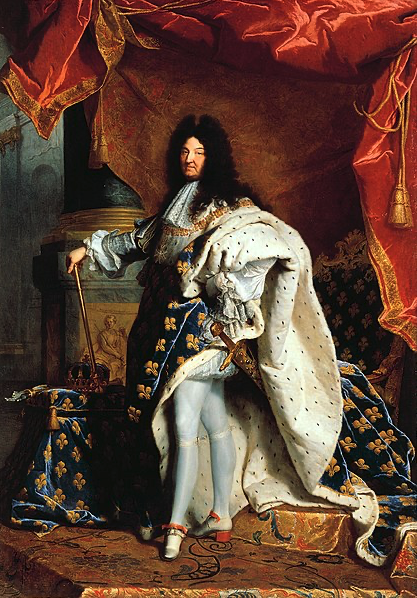
King Louis XIV of France, known as the Sun King, not only left an indelible mark on French history through his reign but also in the manner of his final departure.
His burial customs, particularly the treatment of his heart post-mortem, offer a fascinating glimpse into the rituals and beliefs of 17th-century French royalty.

Death of a King
King Louis XIV ruled France for an impressive 72 years, the longest of any monarch of a sovereign country in European history. In comparison, Queen Elizabeth II ruled for 70 years.
His death on September 1, 1715, marked the end of an era in French history. In accordance with royal tradition, his body underwent an elaborate embalming process, a ritual befitting a king who had lived his life with unprecedented grandeur.
Ritual of Separation
Among the most striking of the burial practices was the removal and separate burial of the king’s heart.
This was not an unusual practice among the nobility in Europe; however, it was laden with symbolism and religious significance. The heart of King Louis XIV was removed and placed in a special coffer before being entrusted to the Jesuits for burial in their church in Paris.

The act of separating the heart from the body had deep roots in the royal customs of France. It symbolized the king’s piety and his devotion to the Catholic Church.
The heart, considered the seat of the soul and emotions, was often given a separate burial site where prayers could be offered specifically for the king’s eternal rest and spiritual welfare.
Final Resting Place
Louis XIV’s heart was buried in the church of the Jesuit novitiate, a place significant for its connection to his personal and religious life.
The rest of his remains were interred in the Basilica of Saint-Denis, the traditional burial site for French kings.

